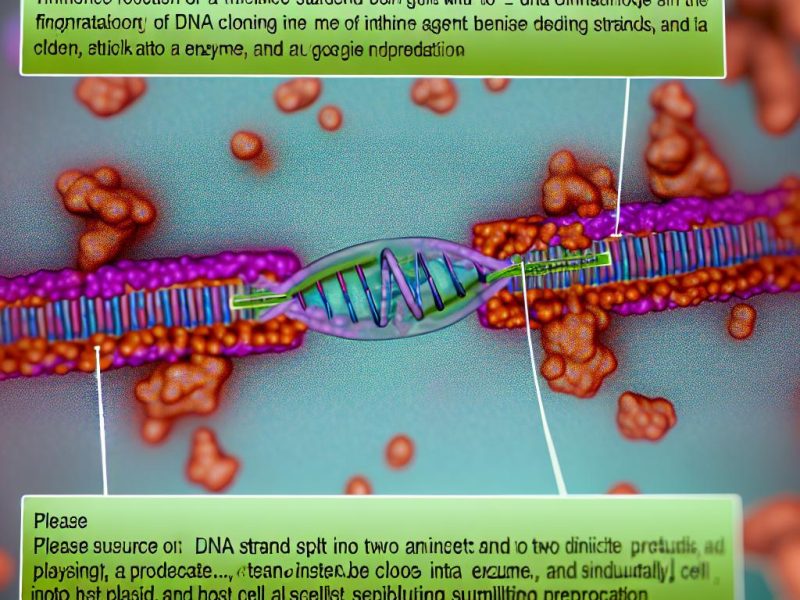A research team has been able to recover human DNA from the sticky substance that hair lice excrete to glue their eggs to the hairs of their host. The substance, known as lice cement, was taken from the mummified remains of eight individuals who lived in South America around 1,500 – 2,000 years ago, and whom were laid to rest in what today is the country of Argentina.
The study was published in Molecular Biology on December 28, 2021. Behind the study is a research team consisting of scientists from Argentina, Denmark and the United Kingdom.
Important insight to who these individuals were
The lice cement contained skin cells from the scalps of the mummified individuals, and the researchers were able to extract human DNA from these cells. Through DNA sequencing, the team was then able to find out the sex of each individual, as well as certain other interesting pieces of information.
The DNA indicates that the mummies belonged to a population that migrated to the Andes of Argentina from western Amazonia – probably from the southern rainforest region of present-day Venezuela and Colombia.
In a statement about the research, co-author Mikkel Pedersen, a researcher on ancient environmental DNA at the University of Copenhagen, indicated that the amount of human DNA found in the lice cement was surprising. In an interview with The Guardian, he also stated that the DNA preserved within lice cement seems to be better protected from chemical damage than DNA preserved within human teeth or bone.
The lice eggs
In addition to investigating the human scalp cells preserved in the lice cement, the research team also analysed mitochondrial DNA from the lice eggs (the nits).
These findings gave additional support to the suggestion that the mummies belonged to a population that migrated to the Andes from the rainforest in western Amazonia.
Trivia: The nits had been placed very close to the scalp, which indicate that the humans were exposed to very cold temperatures when the eggs were deposited, i.e. soon before they died.
Neither human, nor louse
The lice cement also turned out to contain DNA that belonged to neither human, nor louse. These findings included DNA from several strains of bacteria, and also from Merkel cell polymavirus (MCPyV). MCPyV is one of seven known human oncoviruses and is there is a strong link between MCPyV and Merkel cell carcinoma, a rare and aggressive type of skin cancer.
The MCPyV found in the Argentine study is the earliest evidence of the existence of this pathogen.
Damaging lice cement instead of human remains
The authors of the study encourage other researchers to explore the possibilities of using DNA from nit sheaths as an alternative to extracting DNA directly from human remains.
“This study shows for the first time that ancient nit sheaths provide a reliable source of host and nonhost genomic DNA,” the team writes, suggesting that nit sheaths could be an alternative to analyzing DNA extracted from ancient teeth and bones, as these conventional methods often damage human remains that have significant cultural value.
“By genetically characterising a human host using just a handful of nits, we prevent the destructive sampling of bones and teeth that deteriorate or destroy unique ancient specimens. This also prevents conflicts with indigenous related people as the mummies or skeleton are left intact, only a few hairs containing nits are sufficient,” says study co-author Alejandra Perotti in an interview with The Guardian. Perotti is an invertebrate biologist at the University of Reading.



